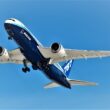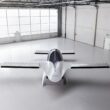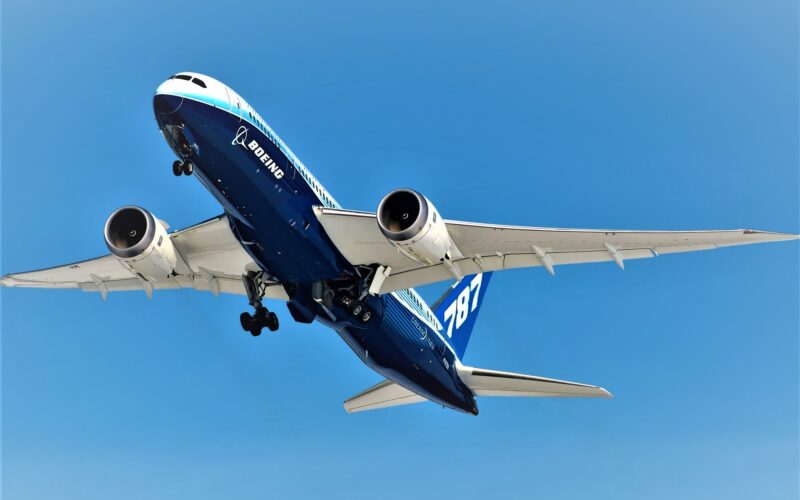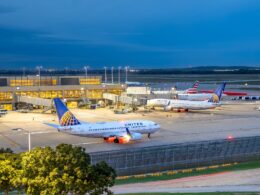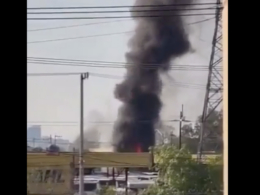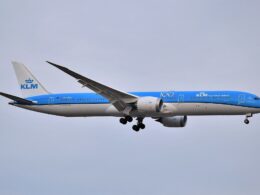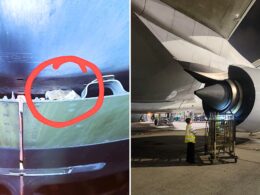Boeing has launched a defense of the 787 Dreamliner and 777 after a whistleblower claimed the aircraft’s longevity and safety was put at risk during assembly.
On April 16, 2024, Boeing spoke at its facility in South Carolina, where the 787 Dreamliner is built, to provide evidence that refutes whistleblower Sam Salehpour’s claims.
During a two-hour talk, two Boeing executive engineers explained how the fuselage panels on the 787 and 777 are fitted and secured.
Journalists were taken through the stress tests for the 787 Dreamliner aircraft, which included testing the plane for 165,000 cycles – each cycle equivalent of a flight.
Steve Chisholm, Boeing’s Chief Engineer for mechanical and structural engineering, told reporters that the average 787 accrues about 600 flights a year.
“We did 165,000 cycles. There were zero findings of fatigue in the composites,” Chrisholm said during the media briefing.
According to the Seattle Times, Boeing also explained the extensive tests and analysis carried out after deliveries of the 787 were stopped in 2000 because small gaps had been found at the fuselage joins.
Reuters added that Boeing also noted that that no heavy maintenance inspections conducted after six and 12 years of any 787 flying today have found any airframe fatigue.
Salehpour is set to testify on April 17, 2024, before the Senate Homeland Security and Governmental Affairs Committee’s investigations subcommittee and discuss his evidence.
The FAA has confirmed that it is investigating Salehpour’s allegations and stated that it “thoroughly investigates all safety reports”.
Whistleblower’s claims
Last week, Salehpour claimed that problems arose during production of the Dreamliner after changes were made to how large sections of the fuselage were fitted together.
The issue centers on tiny gaps located at the joins of the 787 fuselage sections, which arrived at Boeing from different manufacturers.
These gaps were discovered by Boeing in 2020, leading to deliveries of the Dreamliner being delayed for almost two years.
A solution to the problem was then found by the aircraft manufacturer, whereupon the FAA approved deliveries of the 787 to resume.
However, on April 9, 2024, the Seattle Times reported Salehpour as saying that, from 2012, excessive force had been used to push fuselage sections together before gaps were measured, so as “to make it appear like the gaps didn’t exist”.
Salehpour said the practice continued even after Dreamliner deliveries were put on hold in 2020.
“I repeatedly produced reports for my supervisors and management based on Boeing’s own data demonstrating that the gaps in the 787 were not being properly measured,” Salehpour said.
Due to mismeasurements, shims – pieces of material used to fill small gaps – were not always inserted.
On April 9, 2024, Salehpour said that this could “cause a catastrophic failure” due to excessive wear from the gaps not being filled.
Salehpour also claimed that, in efforts to speed up 787 production, he witnessed “excessive stress on major airplane joints, and embedded drilling debris between key joints on more than 1,000 planes”.
While working for Boeing on the 777, Salehpour allegedly saw more concerning issues with production, with sheer force being adopted to fix alignment problems.
In a statement, Boeing said Salehpour’s allegations “are inaccurate and do not represent the comprehensive work Boeing has done to ensure the quality and long-term safety of the aircraft”.

